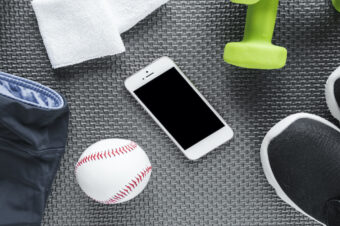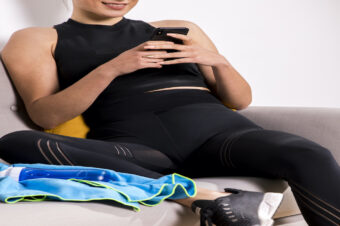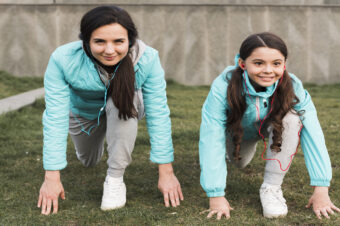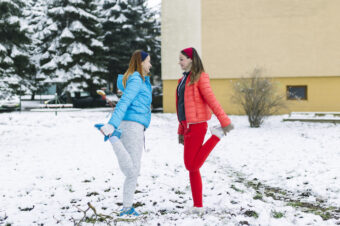

Top 6 Pacing Tips For Hot Summer Runs
BlogProduct Reviews/Top Ten Lists/Resources/TipsRunningStaffPicks June 20, 2025 Lauren Keating 0

Running in brutal summer heat is a beast of its own. Athletes must ensure they are hydrated, dressed cool, and avoid peak sun to avoid heat exhaustion. High temperatures and humidity can quickly drain energy. The heat makes it harder to breathe and keep a steady pace.
Runners need to run smart in the summer. With the right pacing strategies and a few smart habits, runners can stay strong and confident, even on the hottest days. Here are the top packing tips for running safely and effectively all summer long.
1. Slow Down—Not The Time For Speed
The most important rule of summer running is to slow down the pace when the weather heats up. Your body works harder in the heat to cool itself, meaning your heart rate rises even if your pace stays the same.
A run that feels easy in cooler temperatures might feel much harder in the summer with heat and humidity. Instead of chasing your usual time, try running by effort. Use a Rate of Perceived Effort (1–10 scale). For most summer runs, stick to a six to seven out of 10 effort.
2. Run Early or Late
Timing is everything to beat the extreme heat. Avoid the midday heat when the sun is strongest (during the window of 10 a.m. to 4 p.m.). Instead, aim to run early in the morning or the evening after dinner, when temperatures are cooler and there’s more shade. This simple shift can make your runs feel 10–20 degrees cooler and much more manageable.
3. Hydrate To Perform
Dehydration slows you down and increases the risk of heat exhaustion. Drink before, during, and after a run. Follow these tips:
- Before: Drink water 1–2 hours before your run (8–16 oz).
- During: Carry water if you’re running for more than 30 minutes, or run near a water fountain.
- After: Rehydrate with water or an electrolyte drink, especially if you sweat a lot.
Replenish with an electrolyte sports drink and avoid drinking too much water during a run to prevent stomach cramps. Think small sips.
4. Break Up Your Runs
Instead of running long distances in one go, use hot-weather days as a time for a quick run. Athletes can also try a run-walk strategy. For example, run for four minutes, then walk for 1 minute. This helps keep your body cool while still building fitness.
You can also split your workout. Break training runs up to do part of your run in the morning and part in the evening.
5. Use Landmarks to Pace
Forget the GPS watch when temperatures are soaring. Instead, run using landmarks to pace. Run from one mailbox, tree, or house to the next. Then recover. Jog the first half of the route, then pick up the pace on the way back. This keeps your run mentally manageable and encourages smart pacing when running in the summer heat.
6. Choose A Shaded or Looped Route
Running in shaded parks or on looped routes near water or home helps regulate temperature and allows for quick access to hydration or breaks—making it easier to maintain a steady, safe pace. Pick up the pace slightly by effort in the shade, and recover in the sun.









No comments so far.
Be first to leave comment below.